Effective Note-Taking in Class: Learn to Use Helpful Tools
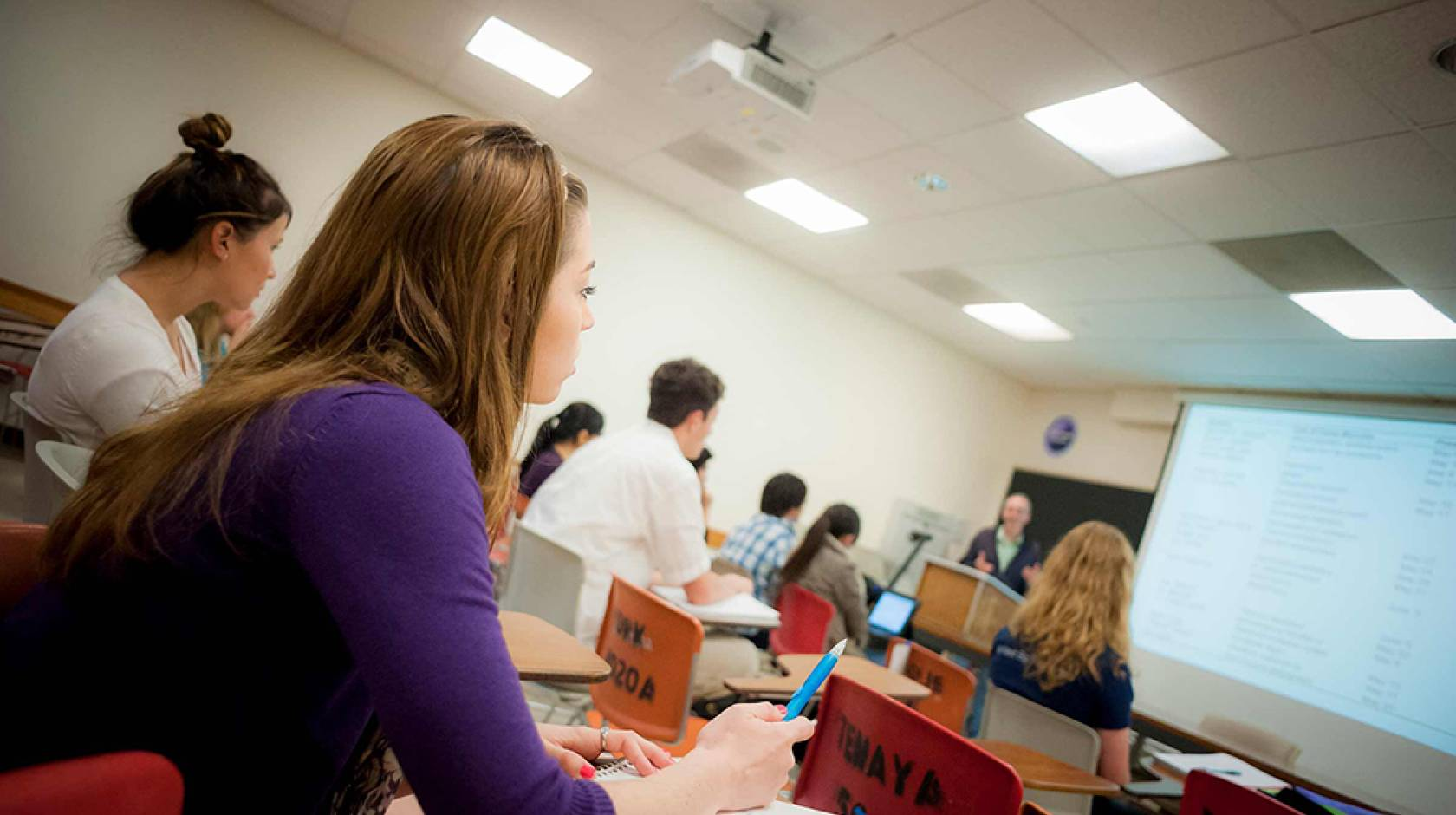
Hey students! Are you new to college and don’t know how to study in brand new environment? Or did your scores unsatisfactory in the fresh year and want to make some change to perform better? In this article, you’ll find solutions about how to make note-taking in class more efficient and effective. Let’s go ahead and learn more details!
Why high-quality notes are important?
1. Improved Understanding and Retention
When you’re taking class, you may be asked to watch a video or slides, taking detailed, organized notes forces you to pay more attention to the class, actively engage with the material, and reinforce understanding. Also, high-quality notes help improve retention, as writing things down activates neural pathways linked to memory, helping you better recall the material later.
2. Organizational Benefits
Good notes offer a clear, organized overview of the subject matter. So it is easier to follow up on key concepts and action points. Having well-structured notes reduces your need to go back and re-read entire textbooks or materials. So that reviewing after class won’t be a difficult process and cost you too much time.
3. Aid in Collaboration
High-quality notes can be shared with classmates, facilitating better collaboration on group projects, assignments, or studies. Especially when you need to finish team assignment, it’ll be of great help. When revisiting class discussions, your notes will help remind you of important points and arguments that may be forgotten by your teammates.
4. Preparation for Future Use
High-quality notes not only help you succeed in current classes or projects but also act as a reference for future work or studies in related fields. In study and work environments, the ability to take clear, concise notes is a valuable skill, especially in lectures or during complex project discussions.
By creating high-quality notes, you're building a resource that boosts comprehension, supports effective studying, and contributes to long-term success in both academic and professional settings.
Tips for note-taking
So, you’ve already known that high-quality notes are very important and useful even after you graduate. As you know, note-taking makes a crucial part in the class. However, what about specific tips for note-taking? What to do and how to do can make your notes more organized and high-quality? Here is the answer:
Before taking notes in class: be prepared
The first tip is that you should always be prepared for the class. It is the preparation that matters. Here are some advice you can take to be prepared:
- Preview the Material: Before class starts, glance through the course material or assigned readings. This will make you more familiar with the class and you’ll grab the focus of the class more quickly. Doing an effective preview helps you recognize key concepts more easily during the lecture.
- Bring the Right Tools: Make sure you have everything you need—laptop/tablet, notebooks, pens, highlighters, and any lecture slides or syllabus. The right tools in your hand will help you do more with less.
While taking notes in class: stay focus and use tools
As long as you’re prepared before the class, the only thing you should do in the class is stay focus and learn to use the right tools for you.
Image-to-Text tool: Photes.io. It’s a powerful and user-friendly tool to convert photos to editable text.
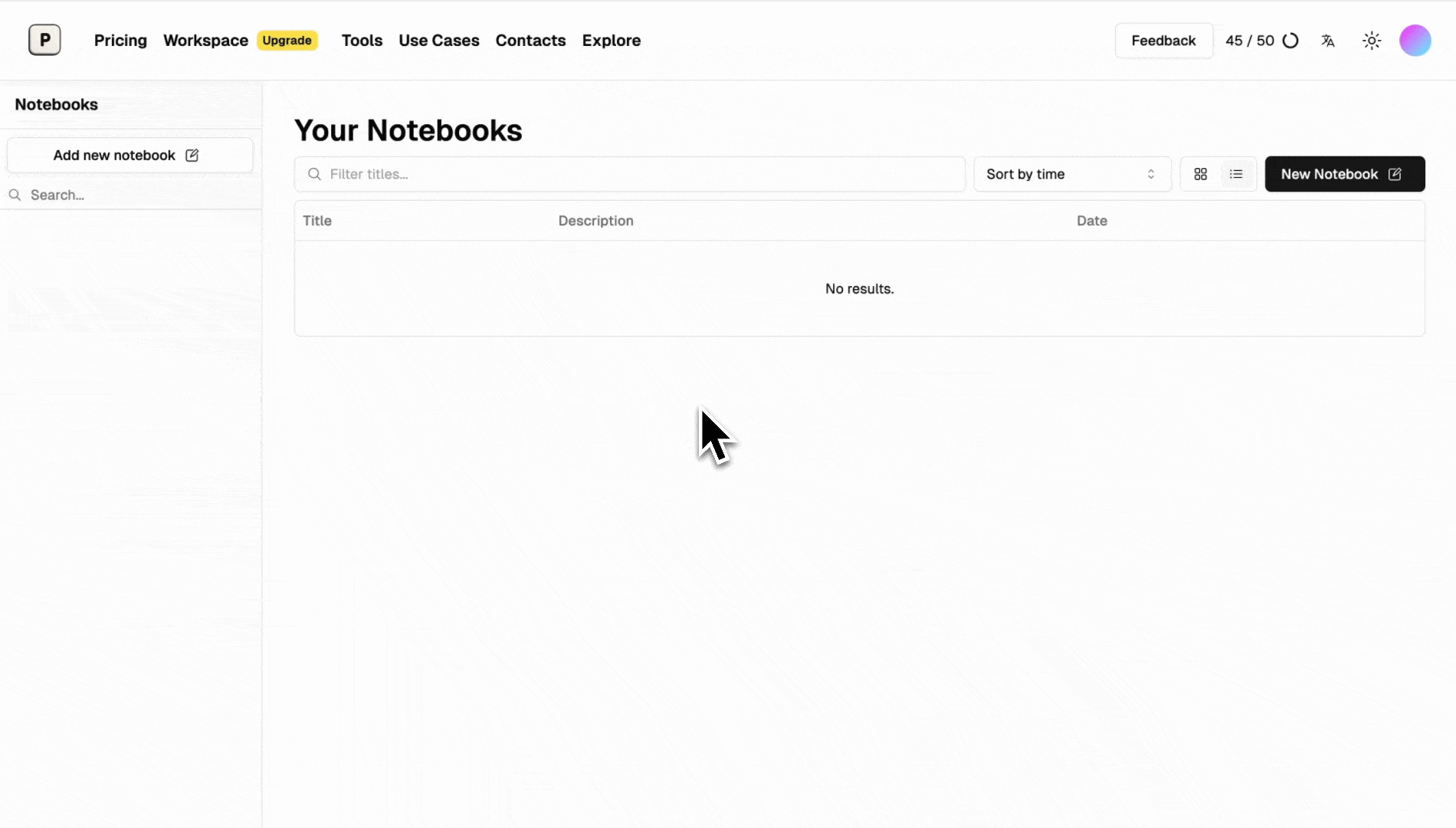
- Image-to-Text Conversion: It’s perfect for students who take pictures of slides or whiteboard content during class. You can easily extract text from images and convert it into editable notes.
- Auto-Sync with Notion and Obsidian: Photes.io integrates with popular note-taking tools like Notion. You can make auto sync between these note-taking apps with Photes.io effortlessly.
- Cloud Storage: Photes.io offers cloud-based access so your notes are available across devices. It’s convenient to collaborate on different devices.
- Support for multiple languages: Photes.io support multiple languages. And you can set a customization of language preference. It’s pretty useful for students who study another foreign language. Real-time voice-to-text tool: Notta.ai. It’s ideal for students who prefer listening during lectures and need detailed, accurate transcripts of the class for later review.
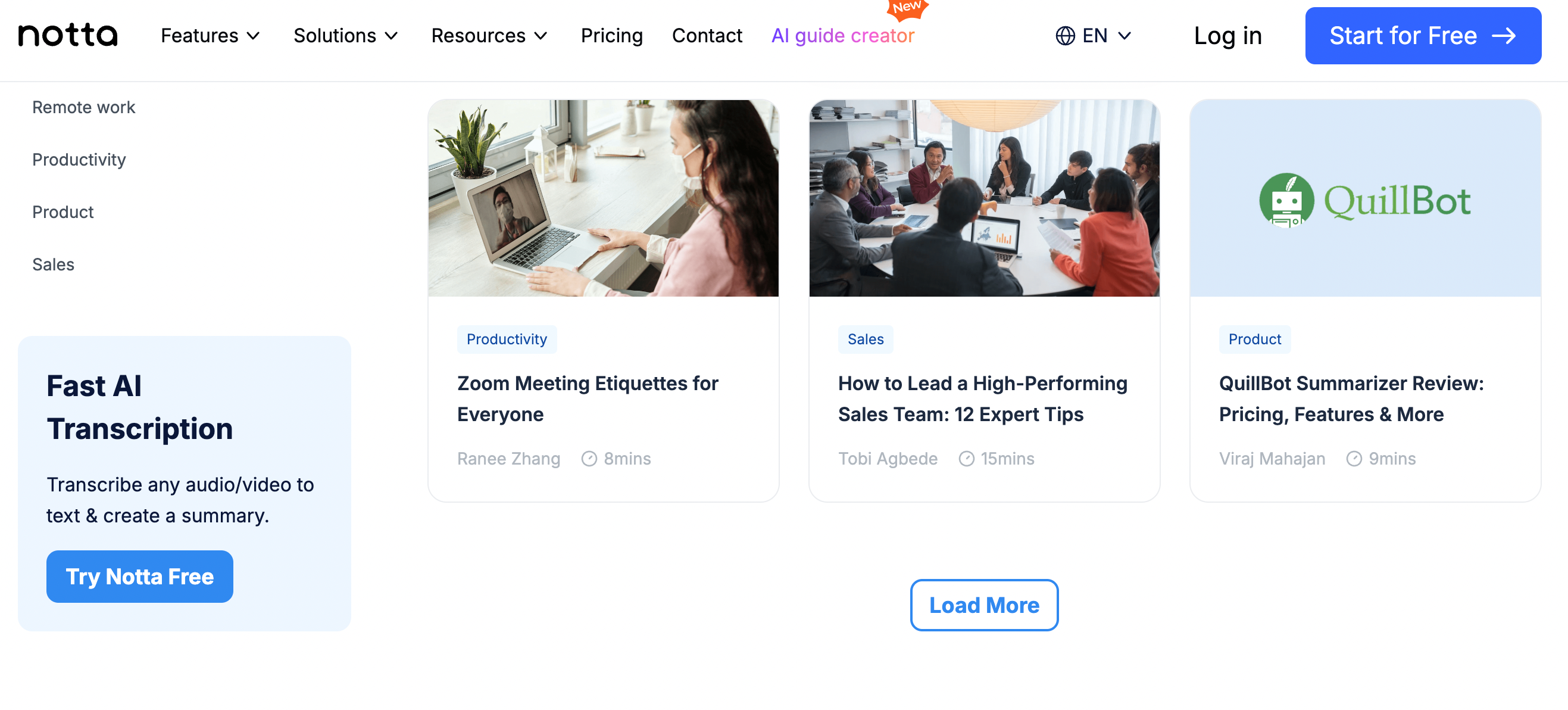
- Audio-to-Text Transcription: Notta.ai can automatically converts spoken words from lectures into text in real-time, which allows you to capture every detail of a lecture without manual note-taking.
- Multi-Language Support: If your classes involve multiple languages, Notta.ai is also able to transcribe and translate them, making it great for language learners.
- Cloud Sync: Your notes generated by Notta.ai are saved to the cloud, so they can be accessed easily from any device.
- Editing Features: You can edit and organize transcriptions after the class, which allows for refining and highlighting key points. Handwritten and audio-record tool: Notability. It’s ideal for students who prefer handwritten notes, need audio recording features, and want to annotate PDFs.
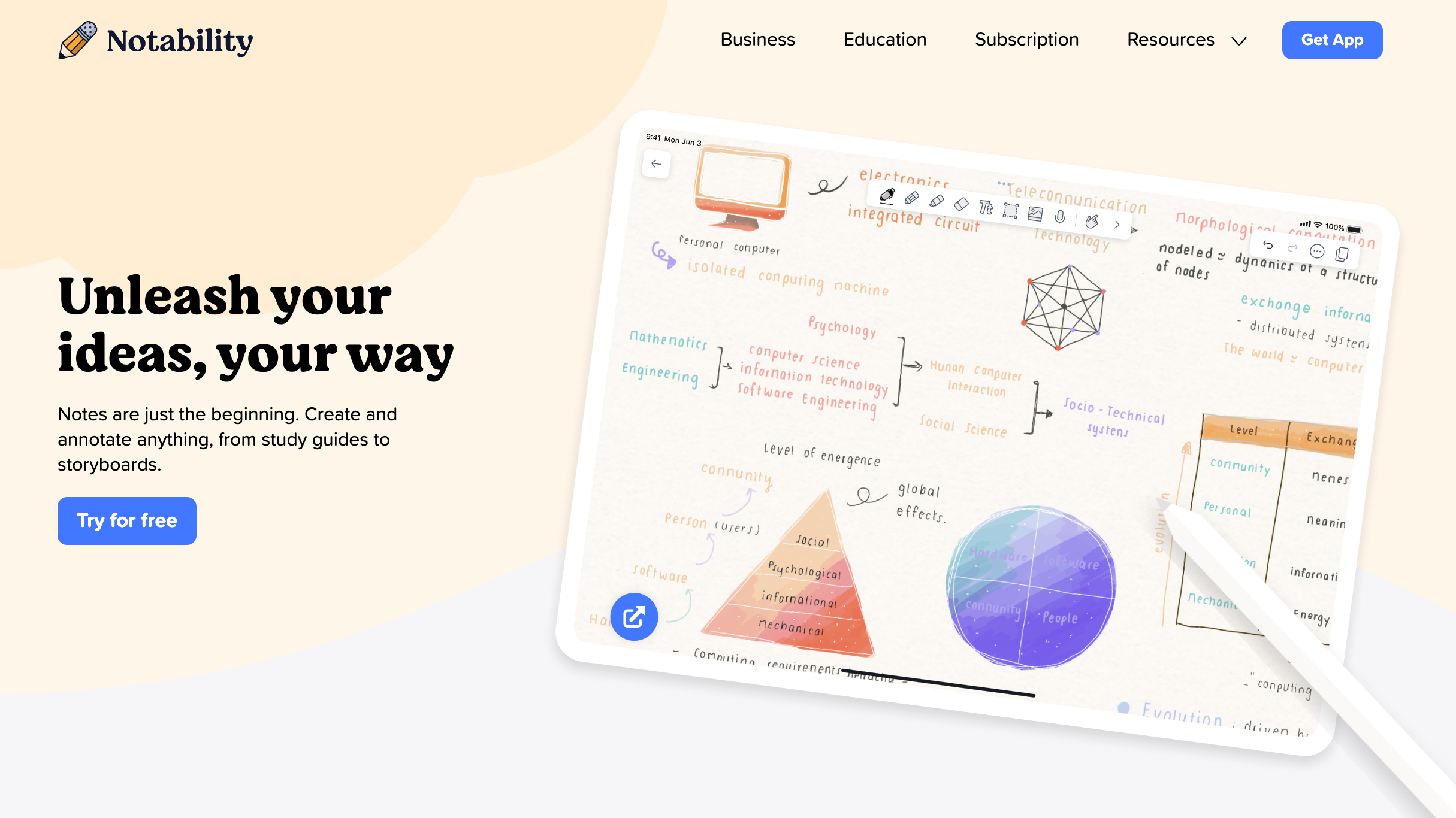
- Handwriting and Typing Support: As a popular note-taking app, Notability allows you to take handwritten notes using a stylus (like the Apple Pencil) or type out their notes, providing flexibility depending on preference.
- Audio Recording: One of Notability’s standout features is the ability to record lectures while taking notes. Later, you can tap on the written notes to hear the corresponding part of the lecture. It’s much useful while reviewing after class.
- PDF Annotation: Notability also allows you annotate on PDF, which is ideal for those who need to annotate textbooks, assignments, or slides directly within the app.
- Multi-Note Support: You can view and work on two notes side-by-side, perfect for referencing previous materials during class.
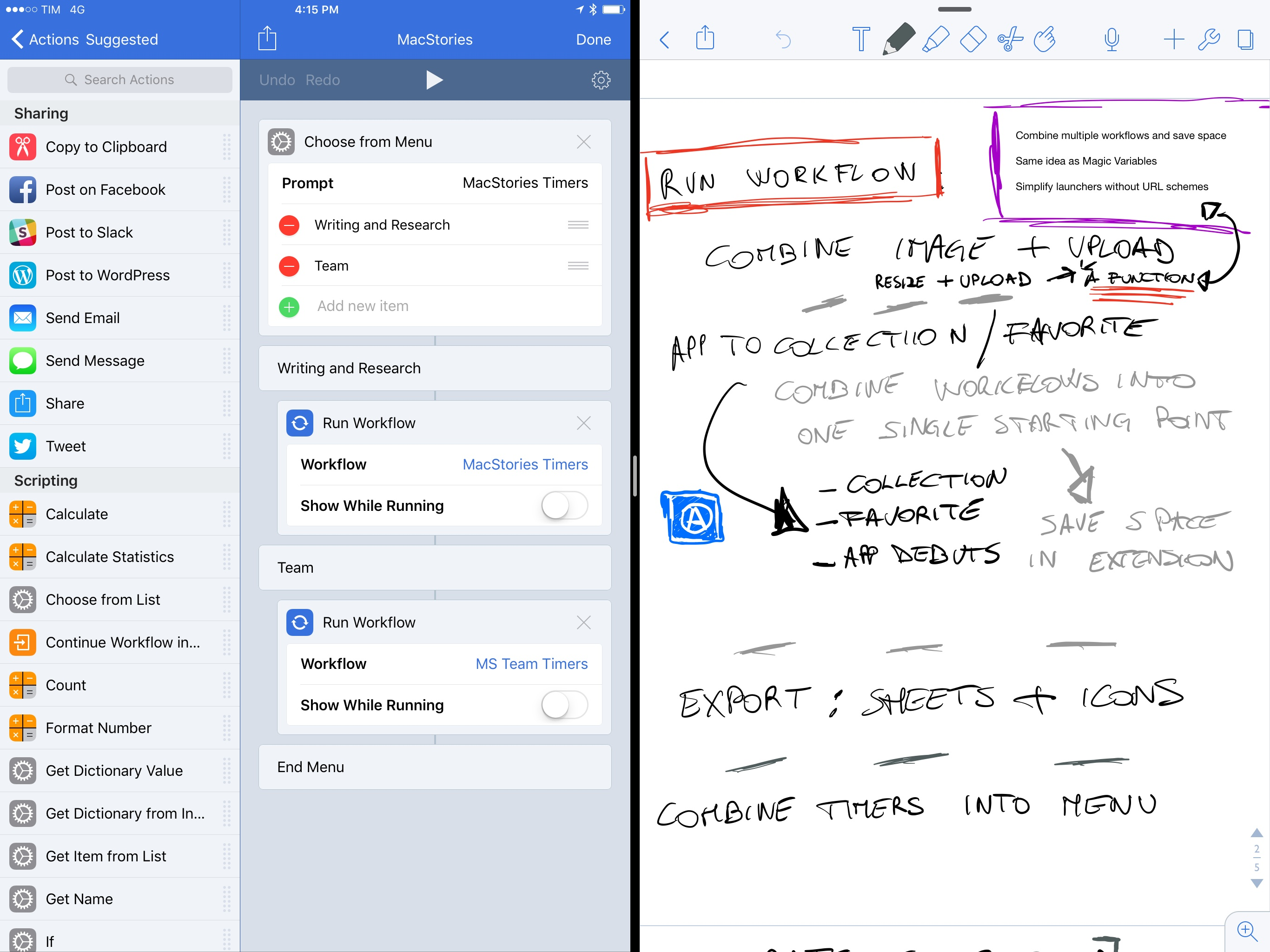
After taking notes: review in time and remain consistent
To achieve high-quality notes, works after taking notes are more important. It requires refining, organizing, and reviewing what you’ve captured. Here's a step-by-step guide on how to turn your raw notes into high-quality, effective study materials:
Conclusion
High-quality notes play a crucial role in academic success, helping you understand, retain, and organize information efficiently. By preparing beforehand, staying focused in class, and using the right tools—such as Photes.io for converting images to text, Notta.ai for real-time transcription, and Notability for handwritten notes and audio recordings—you can capture detailed, organized notes. After class, reviewing, refining, and consistently applying these notes will transform them into powerful study resources, ensuring you're always prepared for exams, assignments, and future projects.